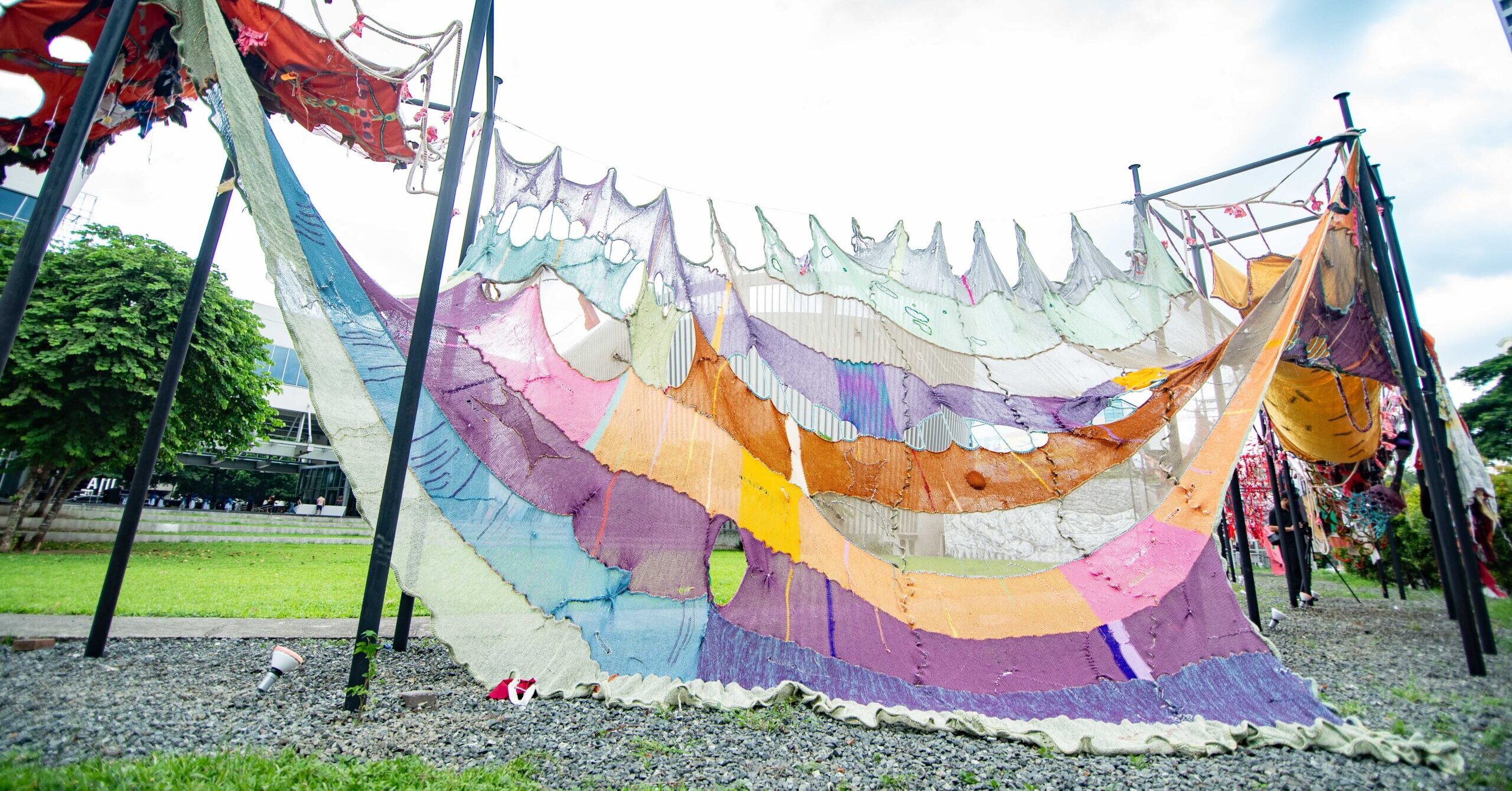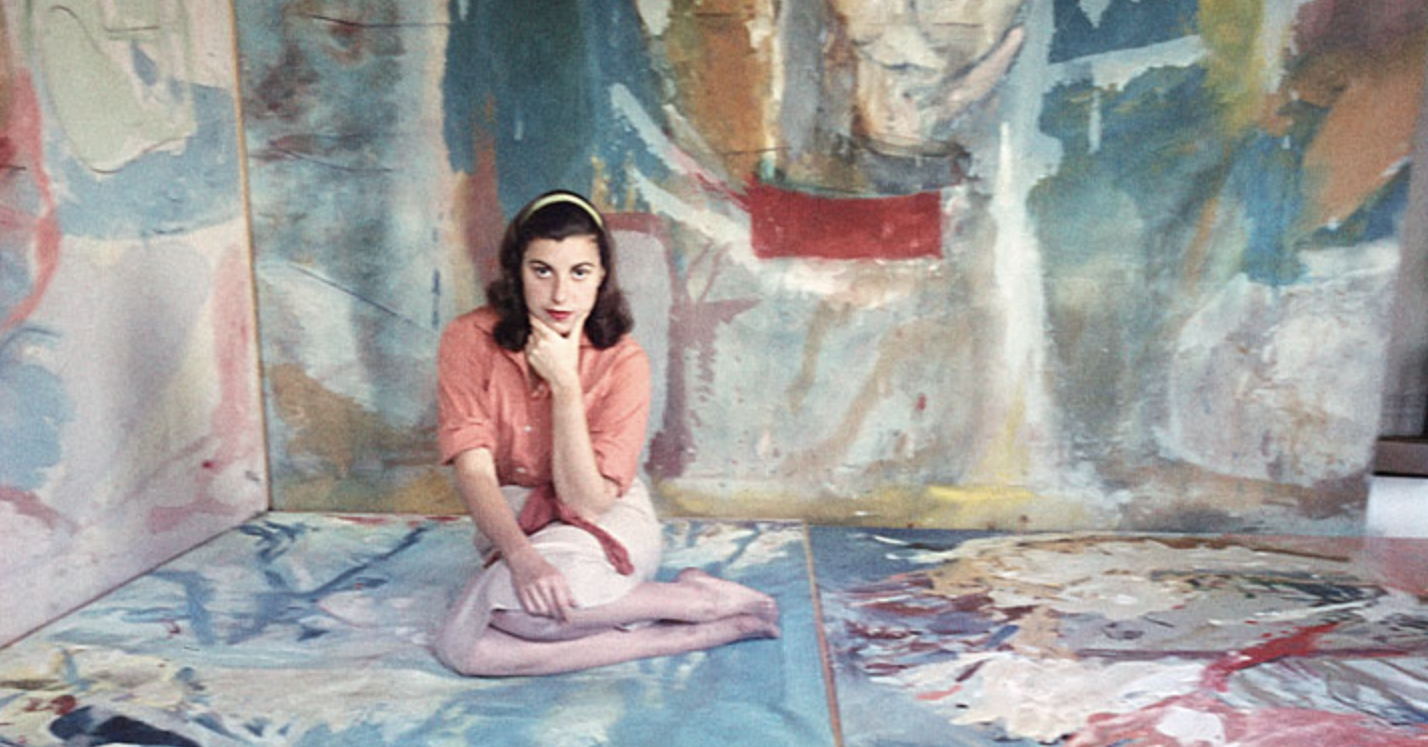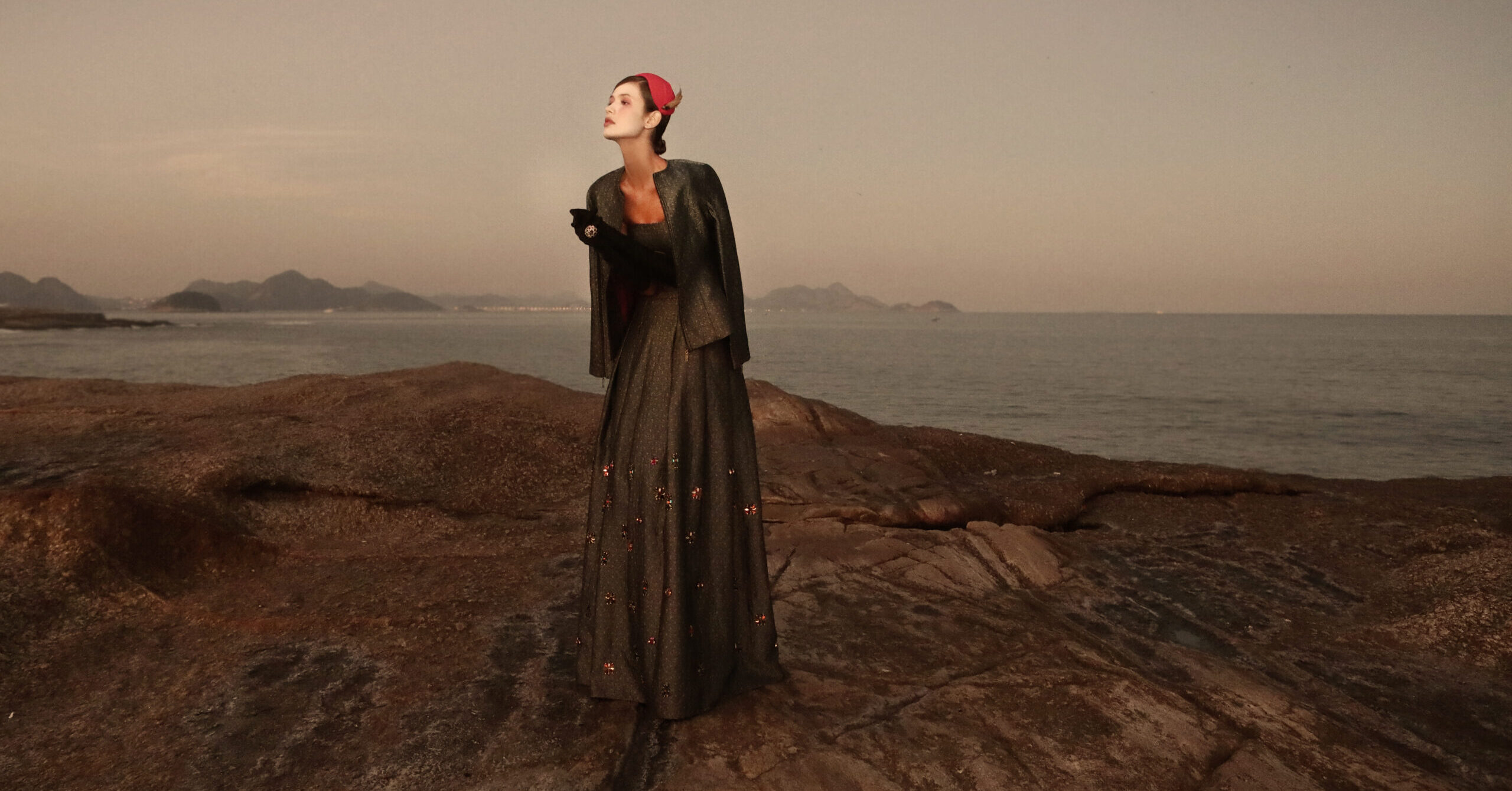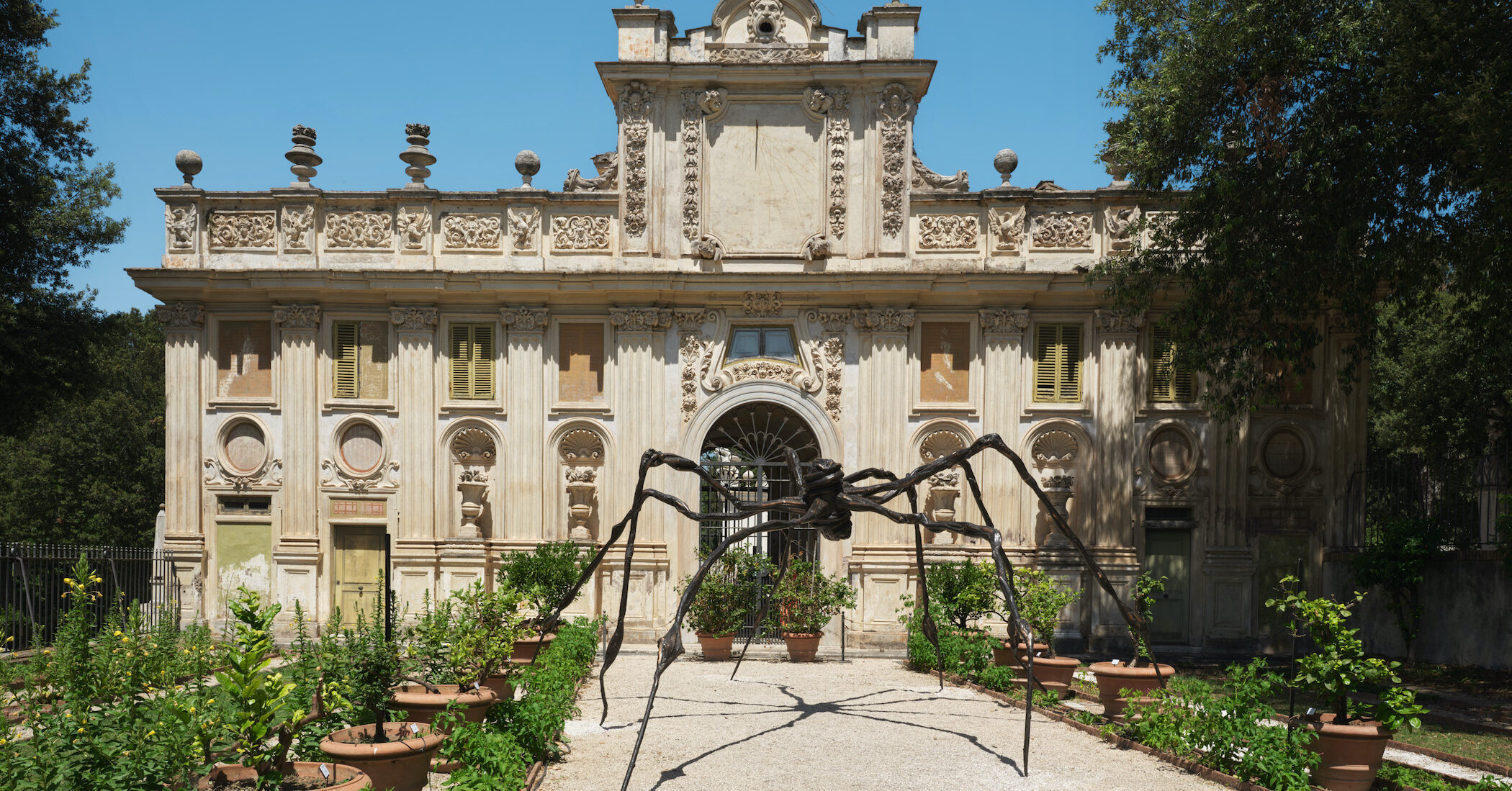Lao Lianben is an elusive artist. So to be able to correspond in an email interview was a rare opportunity to unravel the enigma of his artistic character, as he disclosed stories about his paintings, life, and career.
Looking at the work of Lao Lianben, one is often washed over with a sense of calm. There is a feeling of silence in the shadow of a figure or the simple lines on a monochrome palette. In his well-known series’ like “Buddhist Television” or “Monk’s Table”, there is an appeal to the stillness. The cadence of the strokes invites contemplation, as the essence of each work meditates on Zen Buddhism.
Unlike his paintings that captivate with their “silence”, Lao describes himself as “not at all a quiet or calm person” but “actually very talkative and candid… like any ordinary person who loves a good conversation.” In the email interview, he tells us about his life, from his helter-skelter childhood on the busy Arlegui street in Quiapo, where he started habits like smoking, but also trained his eyes through visual imaginings — to his time in fine arts school learning under Professor Florencio B. Concepcion, till exhibiting with Arturo Luz and Sionil Jose in their respective galleries. Punctuated by reflections on his ancestry and process, Lao Lianben tells us how his “seeing” is a way of both thinking and creating art.
You were born in 1948. Can you tell us about your early life?
We lived with my mother and grandparents for most of my early years. The house, which I still remember vividly today, was very small to accommodate my mother, six siblings, and two house helps. I had no understanding of poverty as a child, but I knew every day the adults struggled to make ends meet. Despite the modest space of our home, we still managed to have pets: some cats, a dog, rabbits, fish in my brother’s homemade pond, and lots of pigeons. Frankly, things were in complete disarray as there was really no one in charge of the household.
To escape the daily chaos, I would go up to the roof and keep to myself. That was the only space in the house where I could be free—amongst the pigeons, smoking cigarettes—taking after my grandmother’s smoking.
I shared a small bed with my three siblings and grandmother. The hot nights were grueling. A mosquito net kept us from the bugs but not the humidity. I have learned to put myself to sleep and not complain of discomfort by staring up intently at the mosquito net, while I try to make out figures of animals (an elephant) or imagine that I’m looking up into the night sky of cloud formations. My imagination and musings made me forget about my body drenched in sweat and lulled me to sleep. Through this experience, I have not only learned to see with my eyes but also to think with them. Looking back, I must say that my art process is greatly informed by what I see, and my ideas are developed more visually.
Was there one thing that inspired you to go seriously into your art?
In fine arts school, Professor Florencio B. Concepcion starts the semester with a classroom full of hopeful students. After some weeks, just a handful of us remain. Professor Concepcion has a peculiar way of encouraging his students, “Why are you here? If you can’t paint, why are you here?” He was that kind of mentor who doesn’t teach you how or what to paint. Instead, he taught us the proper attitude toward art and painting. Because of his experiences in Italy, it was critical for us to understand the principles of art, its history, and its methodologies – mainly a constant prodding and questioning of why we are painting that challenged the core of one’s creativity and practice. I believe that made the strongest impact on me as an artist. If I wanted to be a painter, then I should know why I am painting.
As a renowned Filipino artist of Chinese ancestry, how does your background influence your identity?
My grandparents fled China to escape the Japanese occupation. Unfortunately, their dream to have a better chance of survival in the Philippines was also shattered by World War II. It was a challenging time in constant fear for them and their abaca business.
My mother always wanted to be a teacher, but the uncertainty forced her to find ways to fend for her children all by herself. My grandmother was pragmatic and strong-willed; she found ways to make a living. My mother mostly kept to herself and helped my grandmother in whatever way she can. She was very good with her hands—able in crafts and origami. However, her predicament made it difficult for her to assert her dreams, and instead, she projected her hope unto us. It was a curse and a blessing, thinking about it now. My mother used to say, “Do whatever you want or be whatever you want, but be a good person.” What I want to say is that my mother had the greatest influence on who I am today as a person and as an artist.
Most Filipinos culturally refer to us as ‘Tsinoy’, but I feel strongly that shouldn’t be the case. Due to our family’s situation of adjusting to the country’s condition, Chinese traditions were not given much importance. Apart from that, I can speak Fukien, we were not the typical Filipino family of Chinese descent… And in turn, as a parent, I did not even send my children to a Chinese school. My family, since my grandparents migrated into this country, has our roots in Manila as Filipinos.
When Mr. Arturo Luz invited me to exhibit at the Luz gallery, he simply said, “I like your paintings, come put up a show in my gallery”. Not because I was “Chinese”. In another instance, when I took the courage to visit Mr. Sionil Jose at Solidaridad Galleries to show my portfolio, he gave me a slot based on my body of work. I am truly grateful to Mr. Luz and Mr. Jose for giving me that rare opportunity to pursue my life as a painter.
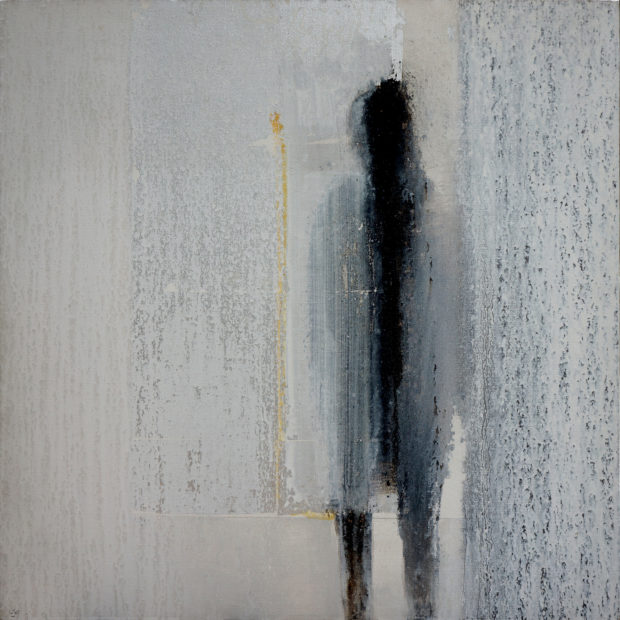
From your latest portrayals of begging bowls and figurative ear Buddhas to using found objects (like twigs and small branches), do you have a favorite subject to paint, or medium to use?
Zen Buddhism principles, practices, and mysticism have always fascinated me. The image of Buddha is enigmatic—impregnable—quiet in form. I do not practice Buddhism, but I am intrigued by it. When I observe monks in their daily way of life, they allow me to imagine and create stories in my head. My eyes enable me to form ideas and come up with motifs for my paintings.
The begging bowl, in particular, is a limited vessel. Whatever the monk gets for the day through alms, that’s it. The simplicity and the depth are put into one modest object. It provides hints to how I may interpret it and develop an ongoing discussion and process in painting.
When I am painting, I like to build up materials into several layers. Not necessarily incorporating actual found objects, but at least try to create an impression of actual objects, such as stones or natural occurrences of water or soot exhausted from a flame. I navigate through the painting to develop a certain look and let the medium interact with me—to talk as to speak—until it looks satisfying and complete. It is a tedious process just to come up with the right balance of light, shadow, and texture on a painting; sometimes a small adjustment is all that is required to accomplish how I like the painting.
How do you think your work has changed in the many years you’ve been painting?
My paintings over the years haven’t really changed. Maybe in my earlier years when I was still establishing a style; and when art reference and art materials were scarce, you have to make do with what is there. Back then I had to be very resourceful and creative. Mistakes and oversights were my greatest teachers. But in general, the motifs of my paintings are recurring imagery. Sometimes they come in full force that I am able to come up with a whole theme for a collection. They are always there, waiting for my eyes to think about them again and use them in my next painting.
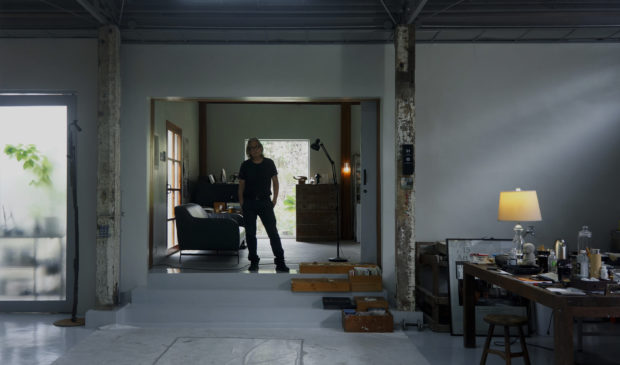
What kind of legacy do you hope to leave? Do you have advice for the next generation of artists?
I have been painting all my working life because that is the only thing I know. It feeds my family and brings food to the table. Moreover, it keeps me motivated every day to come to the studio and do something productive with my time. I really can’t say for now that what I am doing is a form of ‘legacy’. I just choose to paint and continue to be conversant with the recurring themes that are associated with my personal history and ongoing narrative. Honestly, I may not be in authority to give any advice to the next generation. We live in a life of contradiction; hence, we are in ‘limbo’, as they say, where “choice is the process of creation itself”.
Images courtesy of Lao Lianben














